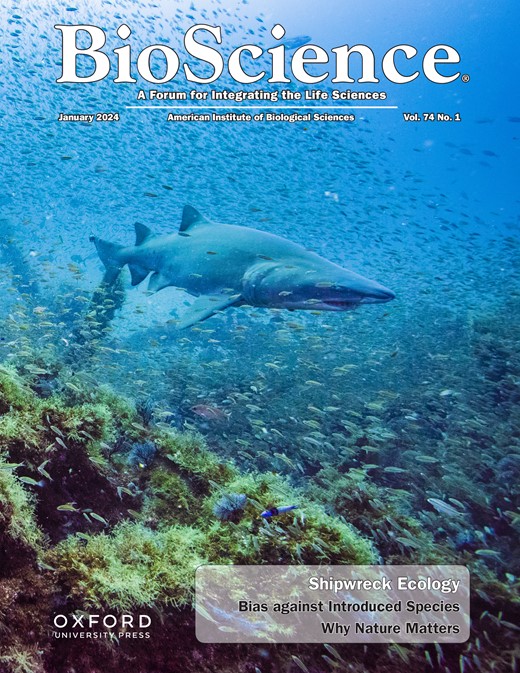干旱是二十一世纪生态变革的新动力
IF 7.6
1区 生物学
Q1 BIOLOGY
引用次数: 0
摘要
在气候变化的影响下,生态系统正在经历新的干旱机制,这些机制往往与降低抗旱能力和扩大干旱影响的压力因素相结合。因此,干旱似乎越来越有可能使系统超越重要的生理和生态阈值,导致生态系统特征发生巨大变化,并在干旱结束后长期存在(即生态转变)。在本文中,我们将阐明干旱如何导致森林、林地和草地等各种生态系统的转变。具体来说,我们描述了气候变化如何改变干旱机制,以及这种改变如何直接或通过干旱与土地管理、生物相互作用和其他干扰等因素的相互作用对植物种群增长产生影响。我们强调各种机制之间的相互作用会如何抑制旱后恢复,以及如何将轨迹转向其他状态。全面了解干旱如何引发长期变化,有助于开发风险评估、预测模型和管理策略,从而为应对复杂且日益严峻的挑战做好准备。本文章由计算机程序翻译,如有差异,请以英文原文为准。
Drought as an emergent driver of ecological transformation in the twenty-first century
Under climate change, ecosystems are experiencing novel drought regimes, often in combination with stressors that reduce resilience and amplify drought’s impacts. Consequently, drought appears increasingly likely to push systems beyond important physiological and ecological thresholds, resulting in substantial changes in ecosystem characteristics persisting long after drought ends (i.e., ecological transformation). In the present article, we clarify how drought can lead to transformation across a wide variety of ecosystems including forests, woodlands, and grasslands. Specifically, we describe how climate change alters drought regimes and how this translates to impacts on plant population growth, either directly or through drought's interactions with factors such as land management, biotic interactions, and other disturbances. We emphasize how interactions among mechanisms can inhibit postdrought recovery and can shift trajectories toward alternate states. Providing a holistic picture of how drought initiates long-term change supports the development of risk assessments, predictive models, and management strategies, enhancing preparedness for a complex and growing challenge.
求助全文
通过发布文献求助,成功后即可免费获取论文全文。
去求助
来源期刊

BioScience
生物-生物学
CiteScore
14.10
自引率
2.00%
发文量
109
审稿时长
3 months
期刊介绍:
BioScience is a monthly journal that has been in publication since 1964. It provides readers with authoritative and current overviews of biological research. The journal is peer-reviewed and heavily cited, making it a reliable source for researchers, educators, and students. In addition to research articles, BioScience also covers topics such as biology education, public policy, history, and the fundamental principles of the biological sciences. This makes the content accessible to a wide range of readers. The journal includes professionally written feature articles that explore the latest advancements in biology. It also features discussions on professional issues, book reviews, news about the American Institute of Biological Sciences (AIBS), and columns on policy (Washington Watch) and education (Eye on Education).
 求助内容:
求助内容: 应助结果提醒方式:
应助结果提醒方式:


